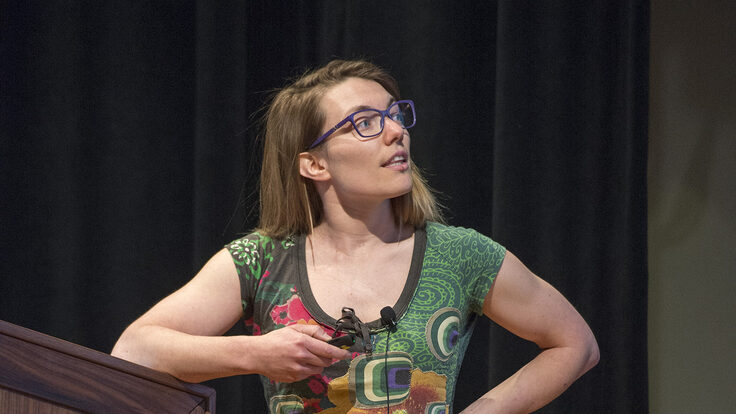 |
Trends in extra dimensions
Sometimes old papers can be highly influential, decades after their publication. Theodor Kaluza and Oskar Klein, working independently, sought to unify Einstein's gravity with Maxwell's electromagnetism through the introduction of a fifth dimension. These ideas were published in two papers in the 1920s.
Though an idea that impressed Einstein, the initial interest in this topic faded with the rise of quantum mechanics. Using the spires databases, we counted the number of citations of Klein's work in each of the years since 1975, to see how this 80-year-old idea has been influencing modern high-energy physics (Kaluza's paper is in a more obscure journal and is, unfortunately, less well-cited in spires).
By the late 1970s interest in extra dimensions was growing, with a number of influential papers referring to the work of Kaluza and Klein (KK). After the mid-'80s heyday, interest in KK theory appeared to have gone into remission only to experience a resurgence in the late '90s. This was spurred by suggestions in 1998 that the KK extra dimensions might be large enough to be detectable at present or planned colliders and experimentalists at CERN and Fermilab are actively looking for them. This connection even resulted in a few citations from experimental collaborations, for a paper that was previously the domain of theorists.
The history of this one idea reveals much about the trends and ideas of the last 25 years of high-energy physics.
Heath O'Connell, Fermilab
On the right: Citations of O. Klein, "Quantum theory and five-dimensional theory of relativity", Z. Phys. 37:895-906 (1926). Source: SPIRES






